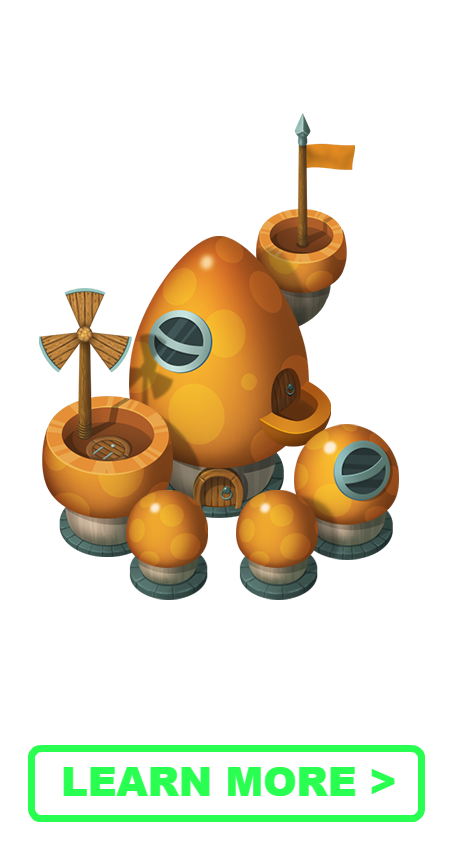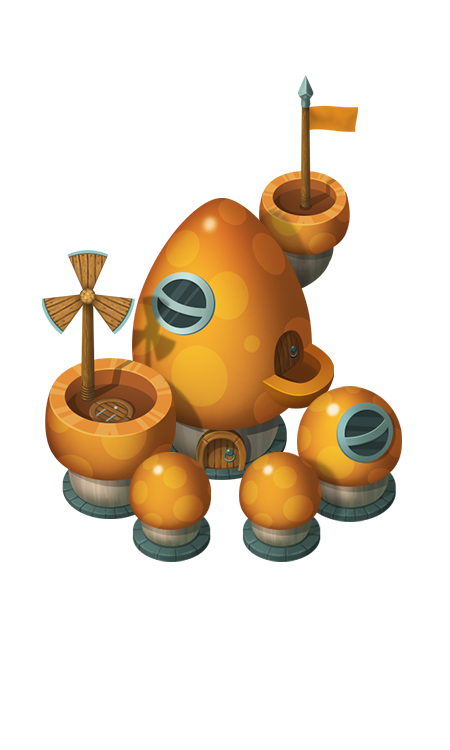

As such, interest in Korean language acquisition (as a foreign language) is also generated by longstanding alliances, military involvement, and diplomacy, such as between South Korea–United States, China–North Korea and North Korea–Russia since the end of World War II and the Korean War. Since the turn of the 21st century, aspects of Korean culture has spread to other countries through globalization via cultural exports. Later, Chinese characters adapted to the Korean language, Hanja ( 漢字), were used to write the language for most of Korea's history and are still used to a limited extent in South Korea, most prominently in the humanities and the study of historical texts. When first recorded in historical texts, Korean was only a spoken language all written records were maintained in Classical Chinese, which, even when spoken, is not intelligible to someone who speaks only Korean. The script uses 24 basic letters ( jamo) and 27 complex letters formed from the basic ones. Modern Korean is written in the Korean script ( 한글 Hangul in South Korea, 조선글 Chosŏn'gŭl in North Korea), a system developed during the 15th century for that purpose, although it did not become the primary script until the 20th century. The hierarchy of the society from which the language originates deeply influences the language, leading to a system of speech levels and honorifics indicative of the formality of any given situation. The linguistic homeland of Korean is suggested to be somewhere in contemporary Northeast China.

Even so, Jejuan and Korean are not mutually intelligible with each other. The language has a few extinct relatives which-along with the Jeju language (Jejuan) of Jeju Island and Korean itself-form the compact Koreanic language family. The exact relationship between Korean and the Japonic languages, most notably Japanese, is unclear there is a long-standing controversy whether perceived similarities between the two languages should be attributed to a common origin or rather to mutual influence and a sprachbund. It is also spoken in parts of the Russian island of Sakhalin and parts of Central Asia by the Koryo-saram. Beyond Korea, the language is a recognised minority language in parts of China, namely Jilin Province, and specifically Yanbian Prefecture and Changbai County. It is the official and national language of both North Korea and South Korea (geographically Korea), but over the past 74 years of political division (and the isolation of North Korea), the two Koreas have developed some noticeable vocabulary differences. Our goal is to create sustanable e-sports game as a service upon this franchise.Korean ( South Korean: 한국어, hangugeo North Korean: 조선말, chosŏnmal) is the native language for about 80 million people, mostly of Korean descent.

Since 2016 the game is already available for a number of platforms but the work is not yet over. Now we are working on highly anticipated sequel: Mushroom Wars 2.
#MUSHROOM WARS 2 PASSIVE SKILLS ANDROID#
Sequel of the game, Mushroom Wars: Space!, was released on iOS and Android in 2014, and once again confirmed the success of this format on mobile platforms. Mushroom Wars became #1 strategy game in 65 countries, and it’s been repeatedly featured by the App Store and Google Play editors. This fast-paced short-session strategy has quickly found a way to the mobile players’ hearts. We at Zillion Whales have been working with Mushroom Wars franchise for more than 5 years now, providing its porting and publishing on the mobile platforms for iPad, iPhone and Android. ★ Gamasutra’s Honorable Mentions of the Top Console Downloadable Games list ★ Number 18 in PSNStores Top 25 PSN Exclusives ★ One of IGN’S Top 25 PlayStation Network Games It quickly gained international popularity and was critically acclaimed all around the world. Initially released in 2009 for Sony PlayStation 3, Mushroom Wars became one of the RTS-genre pioneers. If you need further assistance or have any questions about our game, please do not hesitate to contact our team, using the business inquiries please use Wars – is a dynamic real-time strategy game, where smart strategy meets furious action in epic PvP and PvE battles.


 0 kommentar(er)
0 kommentar(er)
